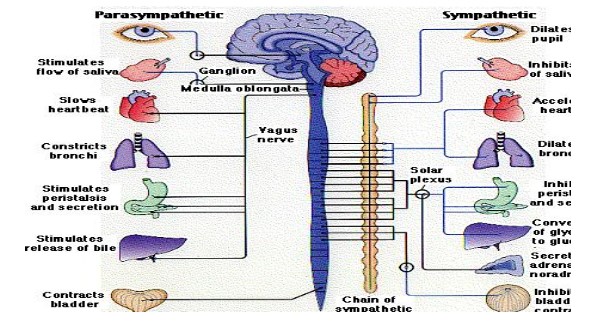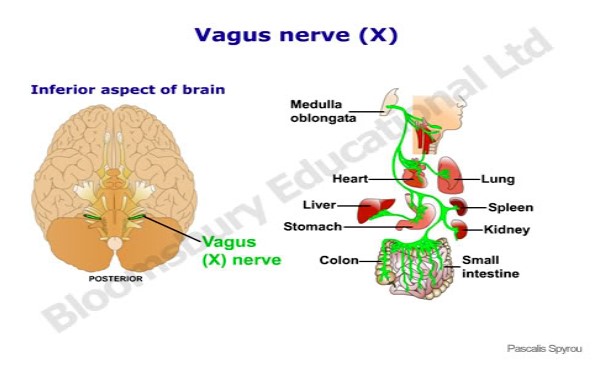If you are reading this, chances are you’ve had an uncomfortable and inconsolable baby experiencing endless crying and straining without knowing why. As a mother or parent you are exhausted, frustrated that you don’t know how to help your infant, and are hopeless. I have heard this over and over again when talking to a number of moms. I’m writing this today to reassure you that there is an answer to your questions I’ll explain what is causing your child to present with these symptoms.
Common Indications of Infant Colic and Acid Reflux
When there is an imbalance in the body one problem leads to another, and will persist throughout the babies life. An example of this is babies can have latching difficulties show up as early as 2 weeks, gas pains around 4 weeks, followed by spitting up and uncomfortable at 8 weeks. Colicky and constipation will be apparent by 2-4 months. Most commonly your baby will be diagnosed with one of two things gastroesophageal reflux (GER) or colic. Presentation of a baby with digestion problems is spitting up frequently, constipation, or even silent reflux,, which is a “gurgling” and not actually spitting up. Colic is defined as crying for 3 hours straight for 3 days in a row, for 3 straight weeks. Commonly babies will be colicky in the be-witching hour 6-7pm to 9-10 pm. It is also common to see back arching, fist clenching, and excessive gas (flatus) when struggling with poor digestion and a colicky baby. Parents will be super frustrated with the constant stress and strain not only on their brand new baby, but it also puts irritation on the entire family.
According to the medical field an exact cause of colic is unknown, but I’m here to help you understand why babies present with colic and also discuss why acid reflux occurs and to provide you steps you can take to help not only relieve these symptoms, but help your infant thrive, not dampen the issue with medication. After reading this you will hopefully have more answers to your questions and have a better understanding about why GER and colic occur.
Causes of Infant Colic and Acid Reflux
Babies are brand new to this world and are very sensitive to environmental input. I’m referring to the birthing process, because it’s where the most common injury to the upper neck, brainstem, and spine occurs. It’s the first “kink” that occurs, and it sets the stage for the rest of their path for development. When a baby is born there is strain, tension, pulling and stress placed on the child’s head and neck during the birth process, it very commonly leads to something called a subluxation. I explain subluxation as being a misalignment in the spinal bones which is a fixation (“stuck”), and causes nerve interference/irritation. These components are present in a subluxation and lead to an imbalance in the overall function of a little baby. The greater the amount of intervention during the birth process (induction, forceps, vacuum, C-section, etc.), the greater the likelihood of a “significant” subluxation to the upper neck and brain stem area.
Our brain is the circuit board that controls the entire body and visceral organs (figure below). In order for our brain to communicate and control the entire body a communication pathway and balance must be present in our nervous system. The nervous system is comprised of parasympathetic and the sympathetic system. The parasympathetic system controls our rest (sleep), relax (calm), healing (immune system), and digestion processes. While on the opposite end our sympathetic system is our excitatory, fight or flight, “go go” and gas pedal (tense and stimulated) system. An imbalance in our control center (brain and nervous system) will present as a decrease in function in our body and will show a symptom (reflux, colic, gas, very tense or excited etc) –>a sign of sympathetic overtone. A stressed sympathetic state can be from a physical, chemical, or emotional interference to our body’s normal functioning. When there is stress on the body inflammation builds up and throws our body “out of balance.” Our sympathetic (gas pedal) is in overdrive, while our parasympathetic (brake pedal) is turned off or slowed down. Figure 1 shows this process below.

Here are some common (not normal!!) problems and examples of the effects of someone in the sympathetic states with a gas pedal that’s on versus a parasympathetic state and the benefits of a brake pedal that’s allowing optimal functioning.
- Colicky and stiffness vs. sleeping, calm, and relaxed
- Gas pain, bloated, uncomfortable, and reflux vs. consistent and easy digestion
- Lowered immunity, recurring ear infections, rashes, sickness and bronchitis etc. vs.healthy, and good immunity
- Stunted growth and failure to thrive (energy going toward sympathetics) vs. adequate growth/development
So the next question to answer is what determines the gas or brake pedal? The answer is….. our cranial nerve X, which is the vagus nerve. It is one of the most important nervous system pathways that connects our visceral organs and orchestrates our organ functioning. The vagus nerves exits out the brainstem and is effected with upper cervical chiropractic adjustments. Vagal tone is our calming system of our nervous system and it coordinates the communication in our system. Vagus nerve is affected by 85% of births which causes a subluxation on the nerves that connects upper digestion and explains why chiropractic care has such a huge impact on babies parasympathetic system when the upper cervical region is adjusted. A picture of the vagal exit and connections is seen in Figure 2 below.

Our nervous system has the intelligence to adapt to stress, but if it’s overwhelmed with too much stress it can overwhelm the system and be out of balance. The 3 different stressors that affect our nervous system which were mentioned earlier are chemical, emotional, and physical stress. Chemical stress in the human body can be lack of nutrients/poor formula, dairy/gluten sensitivity, dehydration, and toxins etc. A research study was done to measure the toxins in pregnancy and found that when the umbilical cord was dissected it contained >200 toxins built up through the entire pregnancy. There is also studies that have looked at the flora in the gut and found differences in babies with colic vs. babies who do not have colic. Emotional stress can disrupt our bodies optimal functioning as well and can transfer from the mother to the infant. Fear and anxiety during pregnancy can pre-wire the baby’s emotional state. Lastly, physical stress as we talked about earlier can be from in utero constraint and the birth canal (whether complicated or not) the the fist physical stressors that can cause havoc to the baby’s spine and spinal cord. Recent research reports that 85-95% of births have stress in upper cervical. Other physical constraints like car seats, and falls, and awkward sleeping positions are all examples of physical stresses on the body.
Other causes of colic and GER:
– Milk/soy or protein intolerance
– Immature nervous system
– Developing lower esophageal sphincter (better developed by 3 months)
– An immature digestive system (need breast milk and probiotics).

Treatments for Infant Colic and Acid Reflux
Most commonly Zantac is prescribed by pediatricians to “help relieve” the reflux symptom. This will either cover up the problem temporarily or disrupt the individuals digestion and entire gastric system. The reflux/colic (symptom) will be decreased temporarily and can return as another issue (ADHD, ear infections, etc.) later on in their life.
As a chiropractor it is my mission and passion to help individuals live their life to the fullest. Therefore, I start with babies in their first days, weeks, and months of life so they are not starting at a deficit, but at optimal communication and functioning in their beautiful new little bodies. Adjusting an infant is gentle and specific and is like putting sustained pressure on a stick of butter. Less is more with babies and horrible stress patterns haven’t been stuck in them as long so they will respond faster than an adult. If you are experiencing any colic, GER, or unusual symptoms with your infant or child we are super excited to hear from you and will help your child function optimally. Every child is different and one size does not fit all so a specific treatment plan and adjustment depends on what the child presents with.

Helpful hints for Infants with Colic or Acid Reflux:
If you have an uncomfortable and inconsolable child are not able to get immediate treatment bouncing on a ball and oral stimulation is soothing because it disrupts the pain pathway in the baby. Also the vibration from car rides and mamaroos calm the nervous system and help disrupt the sympathetic overtone temporarily. If your baby is having gas pains, I have moms do clockwise circles with fingers on baby’s stomach and bicycles with legs to help relieve the tension. If you have any other questions or concerns please call and let us know otherwise we look forward to working with you and your family. Additional resources and information can be found at the International of Chiropractic pediatrics association (ICPA) website https://icpa4kids.com/research/ .
Always here to help,
Pro Chiropractic
